The content of the article
Corn starch is a white powder extracted from corn cobs. Housewives bring it to products for the binding of ingredients. The ability to thicken it is lower than that of potato, but, thanks to this additive, culinary products turn out softer and softer. The main direction in cooking, where it is often used, is the baking of bread and sweet confectionery. It is soluble in water, but does not form gelatinous clots.
Method of obtaining
Starch is formed as a result of maize synthesis under the action of light - as a result of photosynthesis. It is a component of many plants, and serves as the main energy source for herbivores, including humans. Its main function is the accumulation of energy in the plant.
To get white powder, corn seeds are poured with sulfuric acid and insist, then crushed, removed the core and fray - so the output is starch.By means of a centrifuge, it is separated from the protein, washed and dried. Slightly yellowish powder has the taste and aroma of corn.
Composition
Biochemical composition:
100% pure, unprocessed corn starch, consists of:
- Carbohydrates.
- Protein.
- Iron, magnesium, manganese, sodium, zinc, selenium and copper.
- Cellulose.
- Vitamin PP (nicotinic acid).
- Amino Acid.
The minerals in the composition may have differences in hue, acid content, purity - this is the reason for the classification of the powder by grades:
- Amylopectin, extracted from waxy cobs.
- Higher.
- The first.
Having a low nutritional value, it is characterized by high calorie content (381 kcal), which is significantly higher than that of potato powder.
Is starch useful?
- The substance enters the body by eating foods of plant origin or as an additive. It is a source rich in carbohydrates, which is important for the life of the body. It stimulates an increase in muscle growth and positively affects the functioning of the nervous system.Carbohydrates in the structure of plant foods are slow, they do not pose a danger to the body and do not raise blood sugar levels. Upon receipt of them with the consumption of products of plant origin - reduces the risk of hypoglycemia and diseases associated with the work of the heart and blood vessels.
- Amylopectin variety improves intestinal function. As a result of poor ability to be broken down by enzymes of the gastric juice, amylopectins enter the intestine, where they bind the digestive products and remove them. They also prevent cholesterol absorption. By means of enzymes, it has the ability to break down into water and carbon dioxide, as a result of which the energy necessary for the proper functioning of the organs is formed.
- In addition, it supports the immune system, takes part in the formation of organic acids, muscle mass. It prevents inflammation in the body and saturates nerve cells.
- Corn starch has found its application in medicine. It is added as a component of ointments, mixtures, pastes, powders and cosmetic powders. As an auxiliary component is part of the tablets.
The undoubted harm of starch

The main benefit of the substance is estimated in the production of industrial food. As a substance obtained by artificial means, it has no special value for the organism. The lack of dietary fiber and high calorie in a small amount of powder - contribute to the development of obesity. The accumulation of fat on the internal organs leads to serious disturbances in the functioning of the body.
Starch also harms people with individual intolerance to corn. A side effect is manifested in the form of allergies, asthma, rashes on the skin. Prohibited to receive at high blood clotting and diseases of the digestive system.
As an independent component, starch is not used in food, but it is included in a large number of products familiar to the consumer basket. It can be seen in the composition of the labels on ketchup, mayonnaise and other sauces, dairy products, some types of inexpensive sausages, confectionery. The main danger is that its amount in the recipe is too large. It is corn starch that gives the necessary consistency and viscosity. Accordingly, it is a source of high calorie content.In combination with sugars, salt and preservatives, the composition is not beneficial and has no relation to a healthy diet. The only thing that can be attractive is that we do not affect the taste of the finished product and is gluten-free.
In cases when it comes to modified starch, it is necessary to understand that it is not made from GMOs. The powder got its name due to the processing method, which has a positive effect on the quality of the product at the outlet. In comparison with the natural, it even wins a little in the content of calories (328 kcal), also in the composition of less proteins and carbohydrates.
Cornstarch in cosmetology
Scope of application, not bearing trouble, cosmetology. In this industry, the powder is widely applicable, and has a number of useful properties:
- Absorbent. It is for this reason that it is used for the manufacture of deodorants and cosmetic powders.
- Deodorizing.
- Providing softness and silkiness, as it is an emollient.
- Tightening pores.
- Improving the sebaceous glands.
- Matting - eliminating shine.
- Improves the consistency of cosmetics.Starch is inherent in the property of giving lightness to the texture and preventing the formation of lumps.
It is used in the manufacture of shampoos and hair care products, decorative and children's cosmetics, in the manufacture of deodorants and talcs, as well as in the composition of perfumed powder.
Corn starch is universal, it is safe and easy to use, it is also well combined with various cosmetic elements. On the basis of this powder, masks are prepared according to homemade recipes.
Let's apply for the household purposes, use for refreshment of footwear, cleaning of fur products, aroma stones and sachets.
Simple homemade beauty recipes
- Mask "youth". Corn starch (26 g) is mixed with milk (25 g), jasmine ether (0.07 g), honey (26 g), ginger oil (0.2 g), and sea salt (26 g). Apply evenly to the surface of the skin with massage technique. Stand for 15 minutes and rinse with a contrast method of running water.
- Shampoo "Lavender". Lavender essential oil (1, 2 g) is combined with baking soda (75 g), starch (26 g) is added. Mixing until uniform, apply with massaging movements on the scalp and hair along the entire length. Combs. Surplus eliminated by comb.
- Deodorant. To obtain a homemade deodorant, combine starch, zinc oxide and various essential oils that are pleasant for perception.
- Mask for oily skin. Mixing cornstarch, zinc oxide and spirulina makes it possible to get a healing mask for oily skin. Having added doniku and violet powder to this mask, you can prepare a unique composition for nourishing and rejuvenating dry skin.

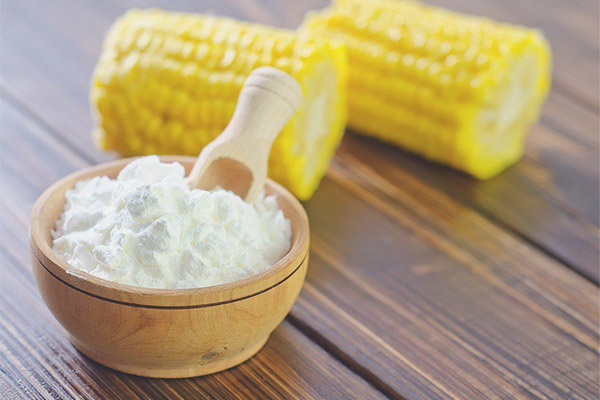
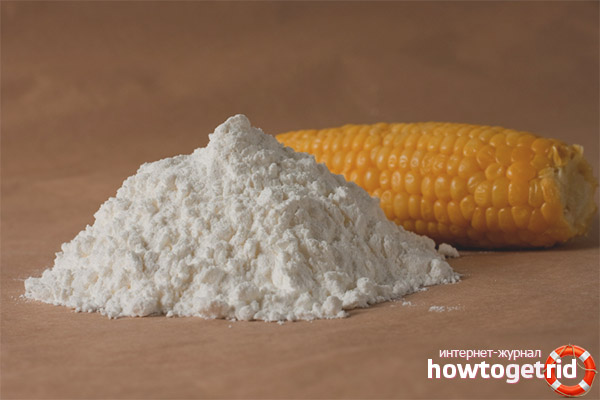

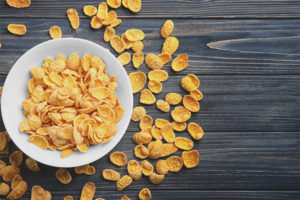

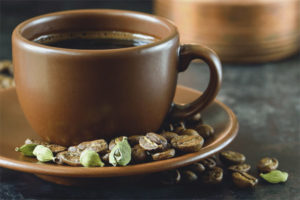
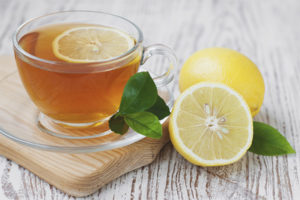
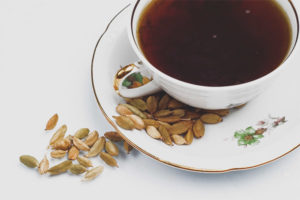
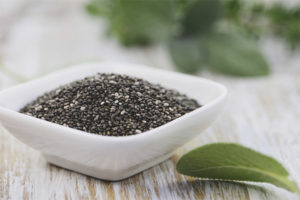
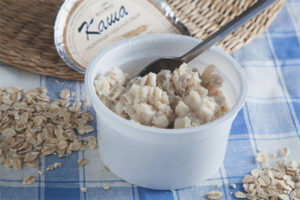
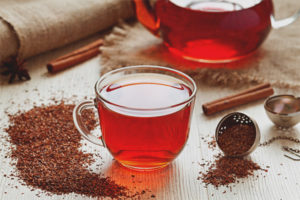
To send